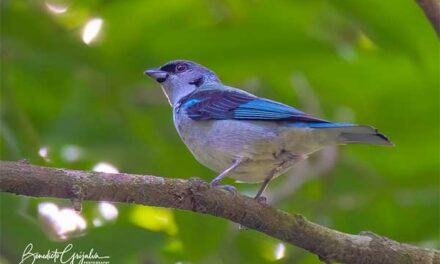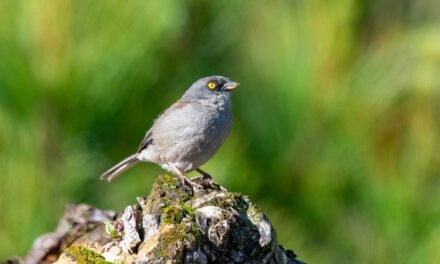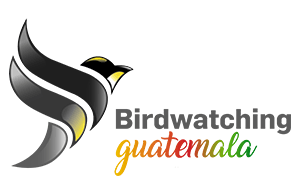Picture Gallery of the Black-collared Hawk
Black-collared Hawk
- Order: Accipitriformes
- Family: Accipitridae
- Genus: Busarellus
The Black-collared Hawk: A Tropical and Subtropical Resident.
The Black-collared Hawk (Busarellus nigricollis) is a captivating bird species that inhabits tropical and subtropical regions of Central and South America. From central Mexico to Uruguay, it inhabits various fresh or brackish water habitats, making it a versatile and widespread resident in this diverse geographical area.
Habitat and Hunting Behavior
This fascinating hawk species prefers to perch above shallow pools or marshes, employing a unique hunting technique. It spots its prey from these elevated vantage points and swoops to catch it. The primary target of the Black-collared Hawk is fish, and much like the Osprey, it possesses spines on the undersides of its toes, aiding in its ability to grab slippery aquatic prey.
While fish makes up a significant portion of its diet, the Black-collared Hawk is an opportunistic predator and feeds on other creatures such as lizards or rodents. Its versatility in hunting contributes to its ability to adapt to various environments.
Distinctive Features
The Busarellus nigricollis is easily distinguishable by its rufous plumage and distinctive black bib, from which it derives its name. The black bib stands out prominently against its rufous feathers, making it a striking and recognizable bird in its habitat. Additionally, it sports a relatively short tail, adding to its unique appearance.
Distribution and Conservation
Though relatively common in suitable habitats, the Black-collared Hawk’s distribution is patchy and local in many parts of Amazonia. Its widespread presence, but its population density can vary significantly across its range. Conservation efforts are crucial to protect this captivating species and its habitat, as factors such as habitat degradation and human disturbances can impact its survival.
Conclusion
The Black-collared Hawk is a captivating bird species in tropical and subtropical regions of Central and South America. With its preference for fresh or brackish water habitats, unique hunting behavior, and distinctive features, it stands out as a fascinating resident of this diverse region. Conservation measures are vital to ensure this stunning bird’s continued presence and safeguard the delicate ecosystems it calls home.
This bird could be observed during our Highlands & Mayan Birding Tour.










